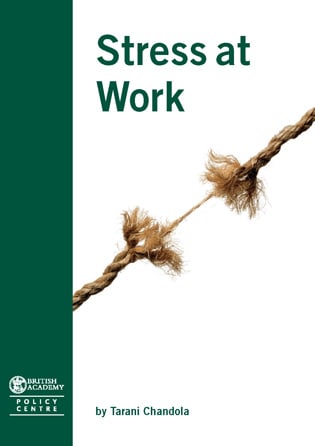In The Australian newspaper on 3 April 2012, Judith Sloan presents a useful summary of the status of the OHS harmonisation process. Many of her criticisms are valid but she has not realised that the new Work Health and Safety laws stopped being occupational health and safety laws some time ago. It is easier to understand the proposed changes if one accepts that these laws have broadened beyond the workplace to operate more as public health and safety laws.
It is possible to accept Sloan’s assertion of the “demise”of OHS harmonisation but if seen in the light of an integrated public/workplace health and safety law, the harmonisation process may be a welcome beginning to a broader application of safety in public and occupational lives.
The acceptance of this interpretation provides very different comparisons and linkages. For instance, the shopper tripping on a mat in the vegetable section of a supermarket was likely, in the past, to receive recompense through public liability insurance. Now it could equally be under OHS laws. The regulation of potential legionella sources was through the Health Department, even though many of these are in workplaces and often affect workers first. Should cooling towers have been assessed by hygienists or occupational hygienists? Should these be managed under an employer’s OHS management system or through the facilities manager or landlord?
Continue reading “Is OHS harmonisation a dead parrot or is it just pining?”

